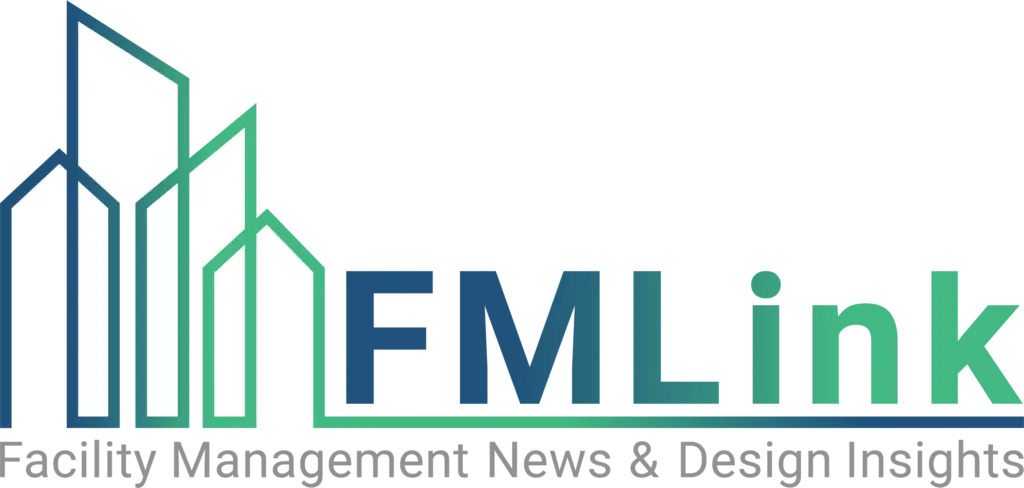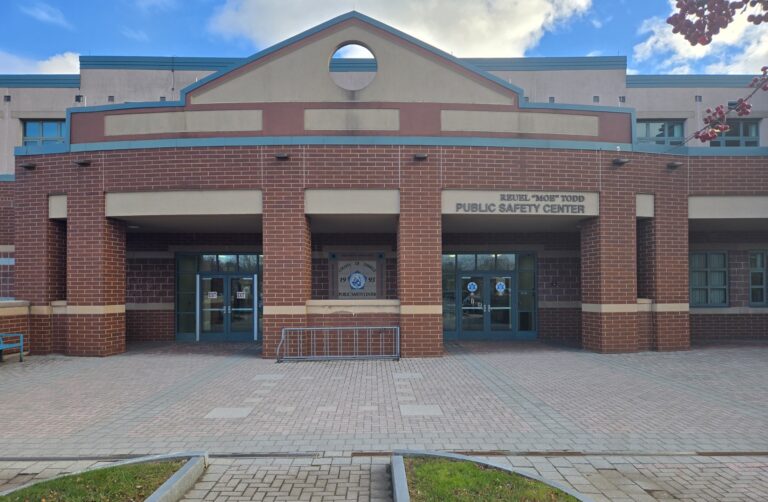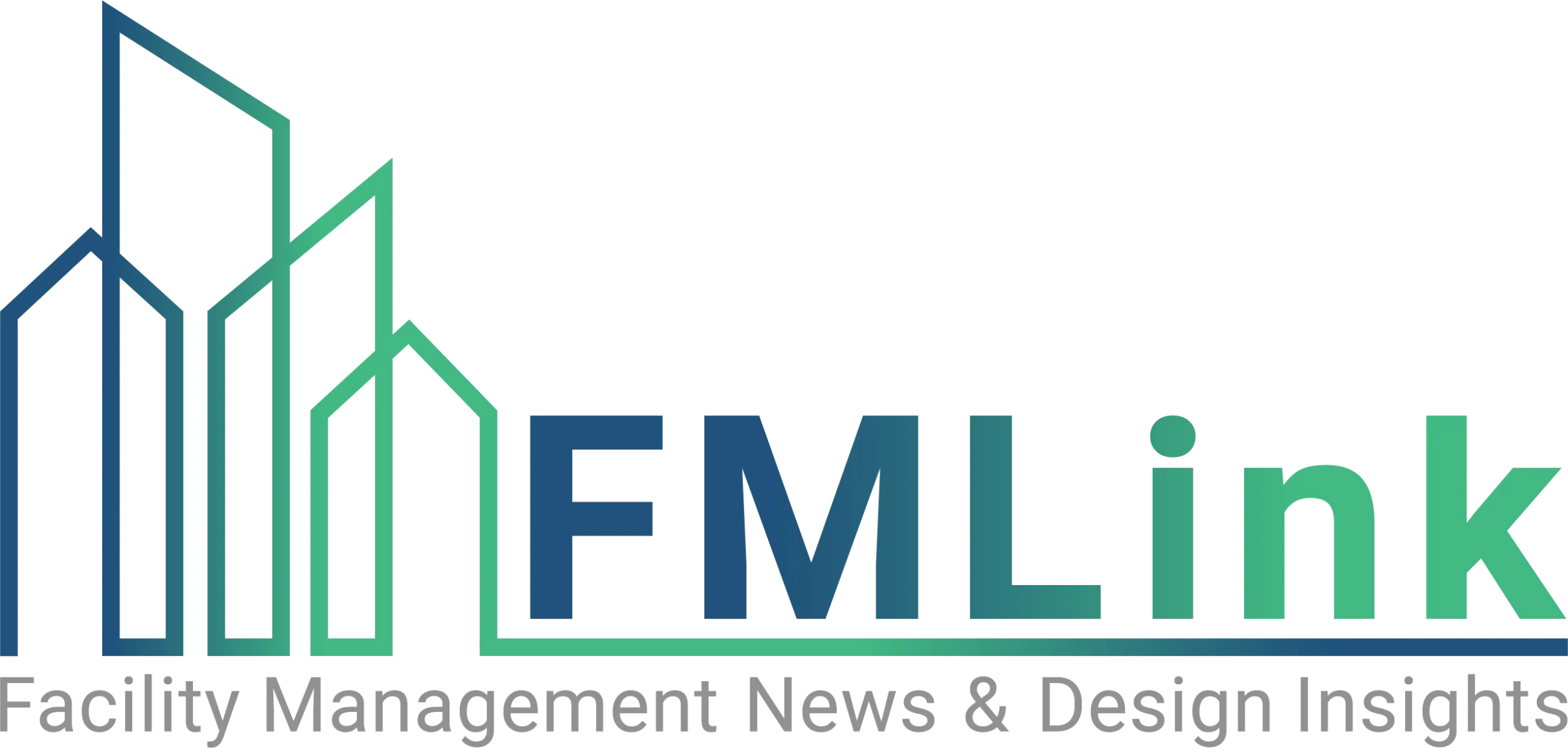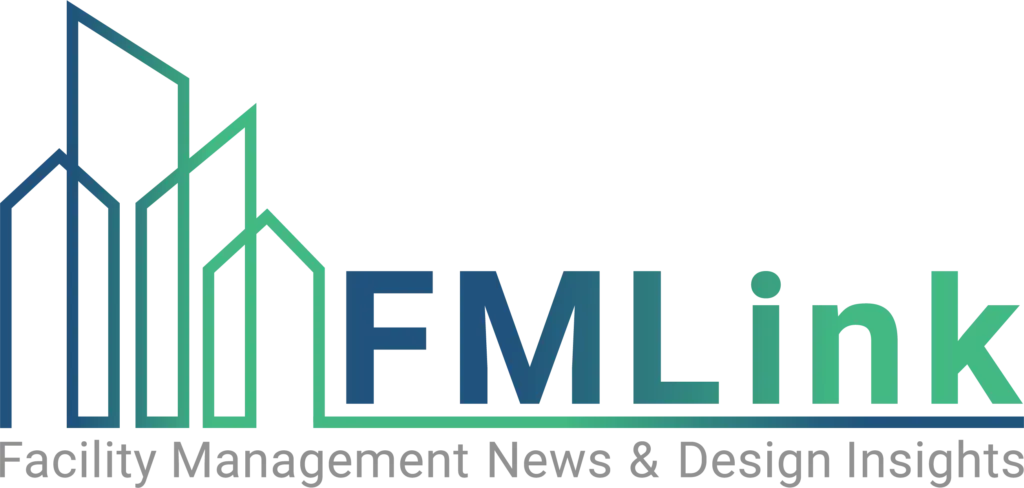August 2020 — “If you wanna make the world a better place, take a look at yourself and then make a change.”
– Siedah Garrett
As I was mulling over the possible content of this article, I reviewed some of the posts from the past couple years. Many of them speak to the changing role of facility managers and how a greater increase in agile and remote working might impact the FM’s work and responsibilities. Yet, even the prescient authors of those articles could not have imagined how quickly their words would ring true in 2020 due to COVID-19.
I am not going to try to predict the future world of facility management or come up with the next best list of 10 things you should focus on now to ensure success in the new world, although I have many thoughts and opinions on both! Instead, I’m going to share a personal story about transformation because these days it feels as if the only thing we can control is our own personal action. Yet, I think you will find that my story relates to the work you do in workplaces with employees, so please read on.
On March 30th I declared to my husband and teenage sons that I was going to lose weight so that my actual weight matched the weight on my driver license (the number had remained unchanged since the original license was issued to me in the 80s). I had carried an extra 8+ pounds for more than 15 years, despite being a dedicated gym rat for the past 3 years. “I have no excuses – we are not going to be going out to eat because of lockdown. If not now, when?”, I bravely announced.
16 weeks later I had lost not only the 8, but an additional 5 pounds and am now working to get in better shape than I was in my 20s. Why was this time different than numerous previous attempts? There are three specific things that supported a successful outcome. When I reflected on them, I believe these factors are required for just about any positive transformation – whether personal change or organizational/systematic change.
I have been successful because I:
- Was committed to a vision for myself
- Had an expert coach with a proven track record
- Found a supportive community of people working toward a similar goal
I also had recently read James Clear’s Atomic Habits and gained a solid understanding of how to create good habits and break bad ones. (That is one book I believe everyone should read – I have made it required reading in our house and instructed my son that he needs to finish it before heading to college in the fall.)
Commitment + Vision
I’ve believed in the importance of visioning for decades, since I first experienced the power of writing down goals at the age of 18 and then discovered that list a few years later, amazed that all had come true. In that entry I had imagined my ideal day and focused on the type of work I would do, the car I would drive and the person I would marry. At age 26 I came across that journal page (titled, “My Ideal Day In 5 Years”) and chuckled to myself that I had described my future vision so well – it had come about even though the actual journal had long been forgotten.
After more experience with strategic planning on volunteer boards, coupled with obtaining a graduate degree in management and organization, I rounded out my understanding of vision clarification. Numerous books, including Simon Sinek’s Start With Why, Jim Collins From Good To Great, and even Dan Pink’s Drive: The Surprising Truth About What Motivates Us, reiterated how important vision and purpose is when attempting change and engaging people in transformation.
Reference the sidebar for two specific exercises for clarifying vision that I love to use when working with individuals or groups.
Letter to Future Self
This is a simple and fun exercise that you can return to over and over again. With as much detail as you can muster, describe a day in the future from the moment you wake up in the morning until the minute you turn off the light at night. Describe your surroundings, what you are doing, reading, eating; who you are seeing, talking with, connected to. Describe the type of work you are doing, what you are wearing, where you walk or drive or bicycle – no detail is too small for this exercise. You are the only one who will read it – so be specific about what you hope for yourself in the next 3, 5 or more months or years – you define the time frame. Then, tuck it away and make a note on your calendar to pull it out on a designated day.
When that day comes, as you read your letter back to yourself, make note about what has happened or not happened. Consider if what you wrote is still important to you or if your goals or wishes have changed.
I have used this exercise with fifth graders, with recently retired folks, and with all ages in between. For the grade school kids, I have them place their letters in an envelope, address it to their home address and seal the envelope. I keep the letters in a safe place until they are seniors in high school and then mail them to their homes. Over the years several have dropped me notes to let me know how their letters rung true to what they were now headed to study or do after college.
Headline Exercise
This exercise is a great small group endeavor for 2 or 3 people – but is equally rewarding for individuals to do. You imagine that it is 20 years into the future, 20XX. An article has just been published in an international newspaper about a change that has happened in the world. You know that this change came about because of your involvement with (insert organization/company) 20 years prior.
What is the headline? What would be on the top half (above the fold) of the front page that would make you feel proud, that resonates with your own values? Create a cover image, headline, photos/drawings, charts/graphs with captions and a short story. Use a piece of flip chart paper, turned sideways, or use a Power Point slide as your “newspaper.” Figure #1 is an example for you to reference – but use some artistic freedom – you do not need to follow the template exactly.
Each group should have no more than 20 minutes to work on this exercise. The key is to focus on the conversations about the future more so than the artistic merit of the final output. Each group shares their headline with the larger group, with an eye (or ear) towards finding common themes and threads. The commonalities of each headline will provide insight to the larger group’s values and vision for the future, leading to a memorable vision statement. A final distillation of the thoughts into one succinct statement is often best assigned to one person or a very small group. Otherwise, wordsmithing will kill you. The vision statement should be very brief – a sentence or phrase that anyone can recite without having to read off of a screen or paper.
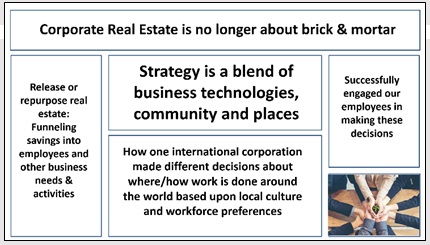
Coach with a proven track record
I’ve tried nutrition programs before – from Weight Watchers to intermittent fasting to working with a dietician – yet had not been successful in losing the extra pounds that had hung around for too long. Even with going to the gym five or more days a week, working cardio and weights, my weight had not shifted (and, no, I couldn’t say it was gained muscle – my clothes fit the same). Clearly, I was doing something wrong.
Through a friend, I discovered Stronger U, which is a nutrition program grounded in research and science and focused on macros (you count grams of carbohydrates, fat and protein). You also have a coach assigned to work with you. Weekly check-in sessions with your coach reviewing your daily entries are invaluable because it is through the reported data that trends and patterns are spotted.
All of this is well and good, and many nutrition programs may provide a similar program – but Stronger U has 30,000 people who have successfully engaged in their program. The track record of proven results – along with my friend’s ringing endorsement – encouraged me to jump in with both feet.
Supportive community
My favorite part of my weight loss transformation has been the community of encouraging people I found online through the Stronger U Facebook group. Information sharing and cheering each other’s successes has been a key difference that, I believe, led to my positive results. When you know others have either gone through, or are currently going through, similar challenges, you experience a built-in connection. People naturally want to help others – so if I post a question, I am guaranteed to get not just one, but multiple replies within a very short window.
Building community can also be an outcome of an organizational change initiative. What I mean by that is when you have an organizational or departmental change that you need to make come about, it is through the process of discussion and education that you can build deeper connections among employees. The Stronger U community remains intact; even after members leave the program they have access to the group knowledge and education.
The habit loop
It is safe to say that a huge percentage of how we go about our days – especially our workdays – is based upon habits. Certainly, learning new practices that allowed me to lose weight required me to learn good new habits and break bad ones (hello protein powder and weighing food, goodbye mindless snacking while scrolling.)
Last year I read Atomic Habits by James Clear because I was interested in furthering my understanding about how new habits can be introduced into groups of people in the workplace. To my mind, workplaces are one big petri dish of habits. (Take note if you are now in charge of getting employees back into offices where they will have to form many new habits – from sanitizing hands, to staying six feet apart to wearing masks. You will want to read this book.)
Clear explains how our brain creates new habits and distills how tiny changes can make a big difference. Cue, craving, response, reward is called the “Habit Loop.” An example: At 3:00 PM I have low energy and poor focus (cue). I want a change from working at my laptop (craving). I go to the kitchen (response) and find a cookie (reward.) Repeated actions cement this as a negative habit for me – especially if I’m trying to lose weight. As Clear writes, “…the feedback loop is an endless cycle that is running every moment you are alive. This ‘habit loop’ is continually scanning the environment, predicting what will happen next, trying different responses, and learning from the results.”

Tying it all together
A client recently described to me what he was experiencing during this lockdown period: “I feel like when water and oil are first mixed together. It’s been a few months of working from home, and we are blended right now – everyone is working pretty well – but it is only a matter of time when we will separate again.” He was capturing the tenuous nature of planning for an uncertain future. “How do I know what to plan in our real estate portfolio – feeling fairly certain that we have more space than we need?,” he asked.
I didn’t have a pat answer for him, and that isn’t necessarily what he was looking for anyway. But I could suggest a path forward that allows him and his organization to reimagine their world of work (clarify vision and commitment), guide him through a process (be a trusted coach), and connect him to others who are working through similar issues (a supportive peer-to-peer community).
Whether you want to tackle a personal transformation or are spearheading a change for your company, I encourage you to grab this moment in time to use the power you have to make a difference for yourself, your organization, or the world. What do you want to change? Now is a great time!
# # #
Lisa Whited believes that the way things have always been is not the way they need to continue to be. She is a work strategist, change consultant, trained facilitator and mediator. Lisa is driven to make a dent in the abysmal statistic that 87% of people worldwide are disengaged in their work. She is passionate about climate change and equality, respectfully questions the status quo and is using her voice to speak up and speak out about why the world of work needs to change now. Lisa serves as a Senior Associate to Advanced Workplace Associates and is a contributor to the Advanced Workplace Institute, both based in the UK, and is also a member of the Workplace Evolutionaries.
